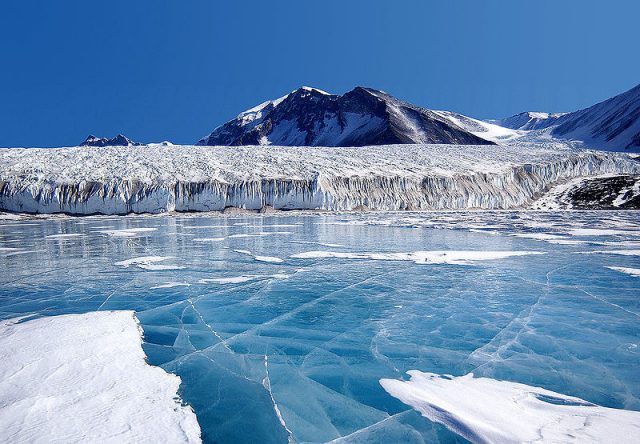MI weekly selection #93

Antarctic ice growing at record-setting pace
Antarctic sea ice is on track to reach a record high this month while Arctic ice has decreased to its sixth-lowest level, according to the National Snow and Ice Data Center. Antarctic ice usually reaches its maximum level each September, about the same time as the Arctic reaches its lowest.
Disc galaxies can form from massive collisions
Several collisions between galaxies can result in the creation of disc galaxies like the Milky Way, according to research published in the Astrophysical Journal Supplement. Researchers were surprised by their findings after studying colliding galaxies 40 million to 600 million light-years from Earth, believing that only elliptical galaxies were born during mergers. “This is a large and unexpected step towards understanding the mystery of the birth of disc galaxies,” said Junko Ueda of the Japan Society for the Promotion of Science and the lead researcher.
Strange signal detected on space station could offer clues to dark matter
Evidence of the existence of dark matter may have been found by the Alpha Magnetic Spectrometer particle detector on the International Space Station. The AMS has detected an unknown signal that researchers think is a neutralino, a dark matter particle. While researchers have stopped short of saying they’ve found definitive proof of dark matter, “we still need to measure how quickly the positron fraction falls off at the highest energies in order to rule out astrophysical sources such as pulsars,” said Samuel Ting of the Massachusetts Institute of Technology and CERN, and lead AMS researcher.
Gene splice could boost crop yields with faster photosynthesis
Photosynthesis gets a boost in plants engineered with the enzyme RuBisCO. Plant geneticists transferred RuBisCO genes to a tobacco plant, which then converted carbon dioxide to sugar at a faster pace than normal tobacco. The findings could one day lead to greater crop yields for plants such as rice and other food crops.
Meteor strike that annihilated dinosaurs also altered plant life
Earth’s forests underwent a drastic change after the meteor strike that led to dinosaurs’ extinction. Slow-growing evergreen plants thrived about 66 million years ago, but after the meteor strike, many of those plants became extinct as deciduous plants began to take over.